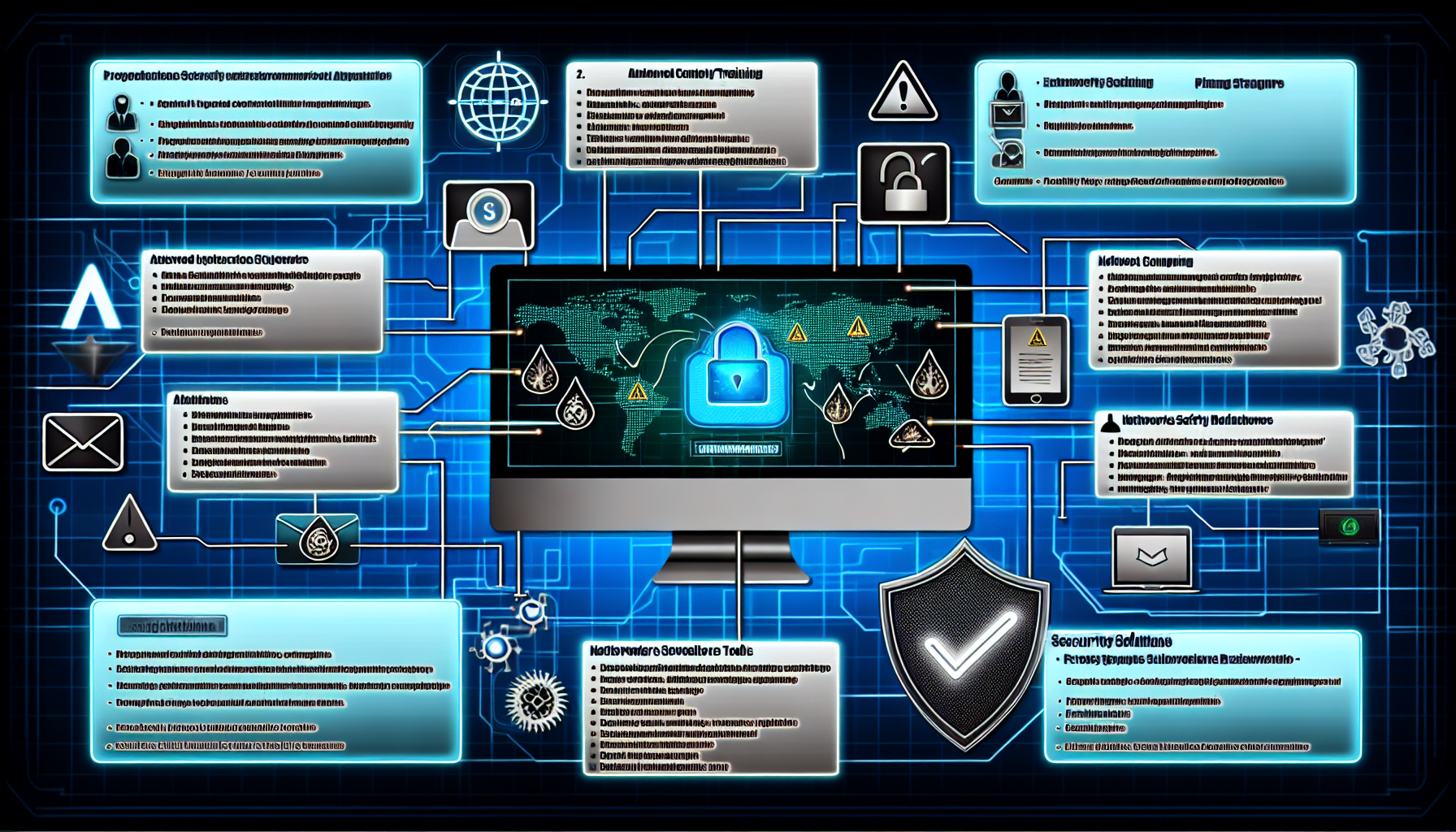Threat Overview
The Security Operation Center (SOC) has recently identified a significant threat report published by Arrington on May 13, 2025. The report, titled APT37 Hackers Use Weaponized LNK Files and Dropbox for Command-and-Control Operations, provides critical insights into the tactics, techniques, and procedures (TTPs) employed by the advanced persistent threat group known as APT37.
APT37, also known as Reaper or ScarCruft, is a North Korean state-sponsored hacking group. This group has been active since at least 2012 and is known for its sophisticated cyber-espionage operations targeting various industries, including defense, aerospace, and critical infrastructure sectors.
Key Findings from the Report
The report highlights several key findings from Genian Security Center’s annual security review:
- Weaponized LNK Files: APT37 has been observed using weaponized LNK files to initiate their attacks. These LNK files are shortcuts that, when clicked, execute malicious payloads. The use of LNK files allows the attackers to bypass traditional security measures and gain initial access to targeted systems.
- Dropbox for Command-and-Control: APT37 leverages Dropbox as a command-and-control (C2) channel. By using legitimate cloud services like Dropbox, the threat actors can evade detection by security tools that might flag more traditional C2 communication methods. This tactic also allows them to exfiltrate data and receive instructions from their operators.
-
Sophisticated Obfuscation Techniques: The report notes that APT37 employs advanced obfuscation techniques to hide their malicious activities. These techniques include code encryption, use of legitimate tools for malicious purposes (living off the land), and dynamic loading of payloads to avoid detection by antivirus software.
-
Targeted Attacks: APT37’s operations are highly targeted, focusing on specific organizations within critical sectors. The group conducts extensive reconnaissance before launching an attack, ensuring that their efforts are directed at high-value targets.
-
Persistent Presence: Once inside a network, APT37 maintains a persistent presence by deploying backdoors and other persistence mechanisms. This allows them to remain undetected for extended periods, continuously exfiltrating sensitive information.
Recommendations for Mitigation
To protect against the threats posed by APT37, organizations should consider the following recommendations:
- Enhance Email Security: Implement advanced email filtering solutions that can detect and block weaponized LNK files. Educate employees on the risks associated with clicking on suspicious links or downloading attachments from unknown sources.
-
Monitor Cloud Services: Regularly monitor cloud services like Dropbox for unusual activity. Implement strict access controls and multi-factor authentication (MFA) to prevent unauthorized access.
-
Use Behavioral Analysis Tools: Deploy behavioral analysis tools that can detect anomalous activities indicative of advanced threats. These tools can help identify suspicious behavior even if the malware is not yet known.
-
Regularly Update Security Software: Ensure that all security software, including antivirus and endpoint detection and response (EDR) solutions, are regularly updated to protect against the latest threats.
-
Conduct Regular Security Audits: Perform regular security audits and penetration testing to identify vulnerabilities in your network. Address any identified issues promptly to reduce the risk of a successful attack.
-
Employee Training: Provide ongoing training for employees on cybersecurity best practices. This includes recognizing phishing attempts, understanding the importance of strong passwords, and reporting suspicious activities.
-
Implement Zero Trust Architecture: Adopt a zero-trust security model that assumes breaches can occur at any time. This approach involves verifying every request as though it originates from an open network, regardless of whether it comes from inside or outside the network.
Conclusion
The threat posed by APT37 is significant and requires a proactive approach to cybersecurity. By understanding their TTPs and implementing robust security measures, organizations can better protect themselves against these sophisticated attacks. Stay informed about the latest threats and continuously update your security strategies to stay ahead of evolving cyber threats.
Discover more from ESSGroup
Subscribe to get the latest posts sent to your email.





